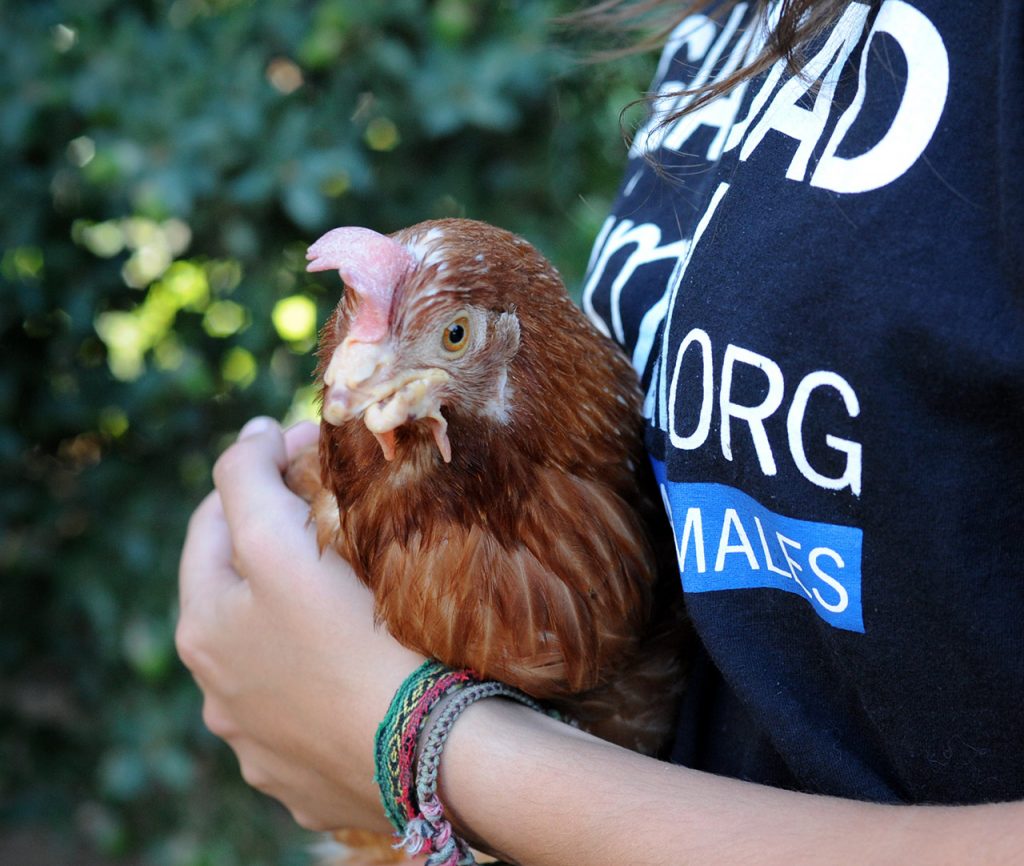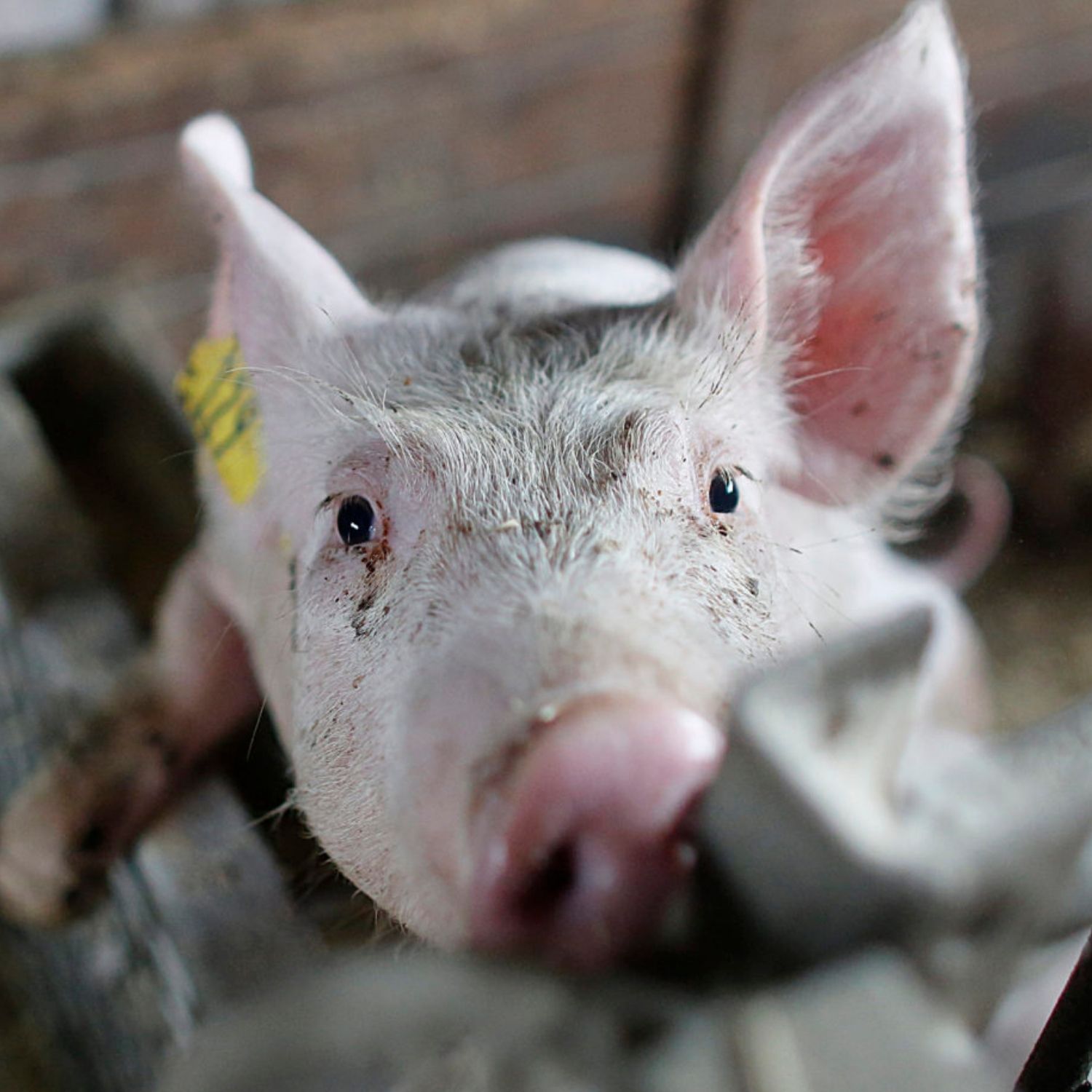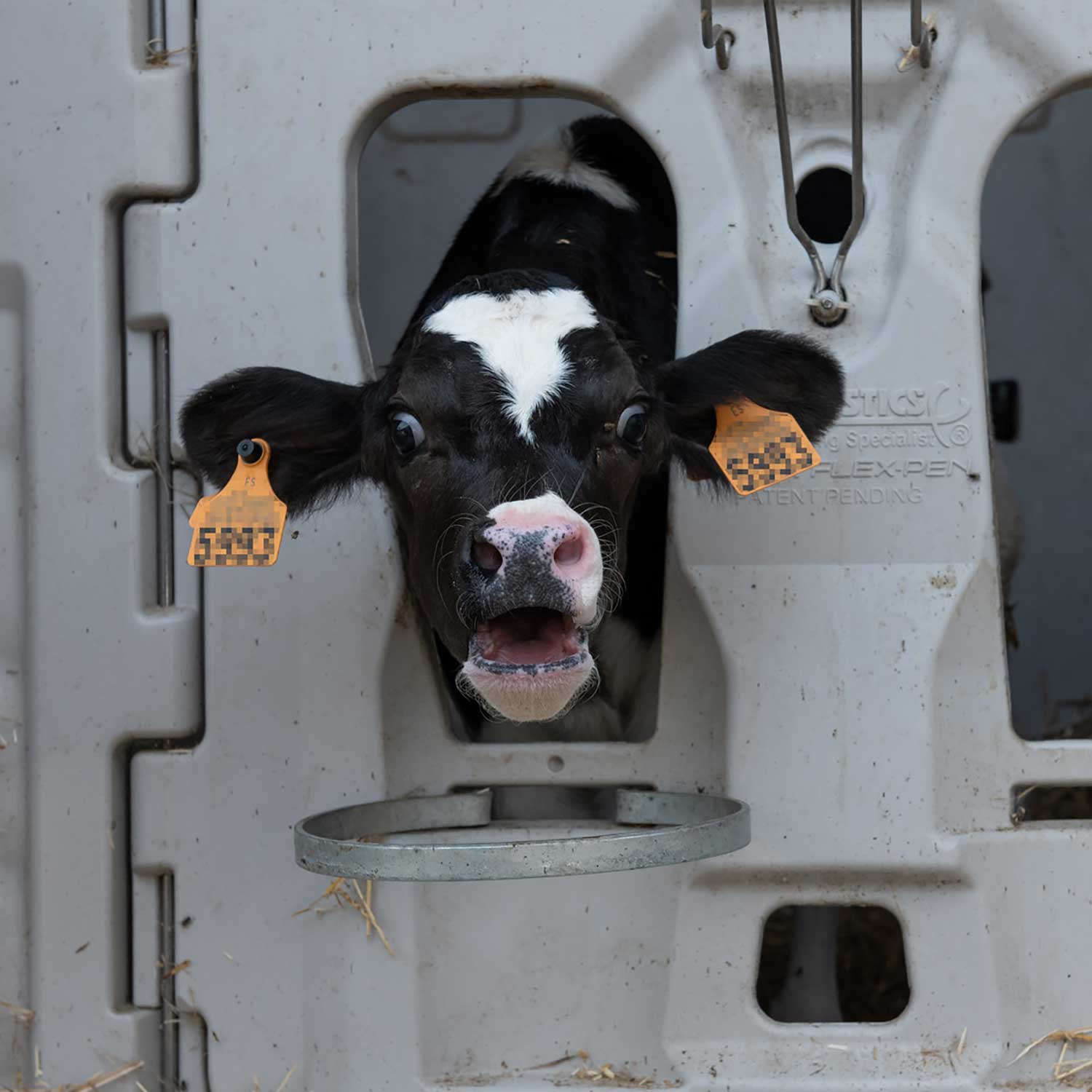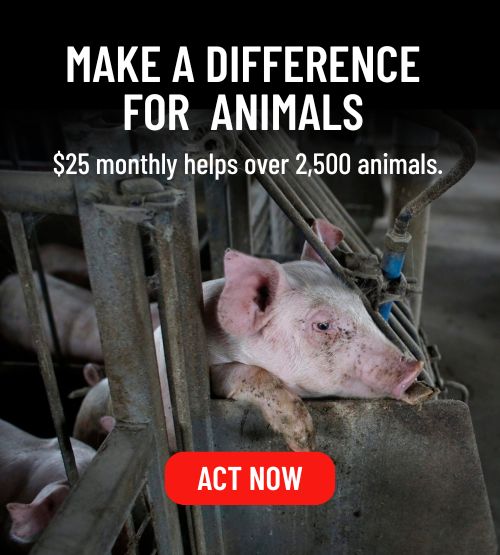5 Facts to Know About Meat Before It Reaches Your Plate


For the average consumer, the only contact we have with farmed animals takes place after they’ve been packaged on grocery store shelves.
Most of us know almost nothing about the lives of animals on factory farms, and we know even less about how they reach our plates.
In order for meat to be sold at supermarkets, it must first go through these five processes to prepare it for human consumption.
Let’s take a look:
1. When an animal dies in the slaughterhouse, pathways connecting digested food to tissues and organs are interrupted. Rigor mortis sets in quickly, the muscles gradually contracting and causing stiffness in the body. At this moment, the animal’s meat becomes extremely tough.
2. The pH values inside the dead animal’s muscles then drops below 5.8, causing protein degradation and muscle softening. Hanging the animal upside down speeds up this process.
3. This flesh softening is called “maturation.” As the meat ripens over the next few days or weeks, fungi on the meat’s surface secretes substances that give meat its familiar taste. However, this mold has to be removed with a knife before the meat is sold.
4. Dismembered animals remain in cold storage. From the second day of the animal’s death up to 30 days, decomposition takes place. The fibers of dead flesh are one of the strongest materials in nature and can only be destroyed by heat or bacteria.
5. From the twentieth day onward, the flavor of the meat decreases progressively. Starting 30 days after the animal’s death, meat begins to release a large amount of iron. Iron is responsible for the growing metallic taste in most degraded meat.
Is your mouth watering yet?
If the process of meat degradation leaves you feeling squeamish, there is good news: you get all the nutrients you need from refreshing and diverse plant-based proteins.
Healthy, cruelty-free meat alternatives are more accessible than ever. That is why millions across the globe have already made the transition to plant-based eating, and thousands more are currently doing so with the help of Love Veg.

LIVE KINDLY
With rich emotional lives and unbreakable family bonds, farmed animals deserve to be protected.
You can build a kinder world by replacing animal food products with plant‑based ones.
You can take advantage of our free resources, fueling your body with life-giving ingredients in endless combinations. You’ll even discover plant-based alternatives to your favorite childhood foods.
Together, we can leave decomposing animals behind and choose a vibrant, more compassionate future.




